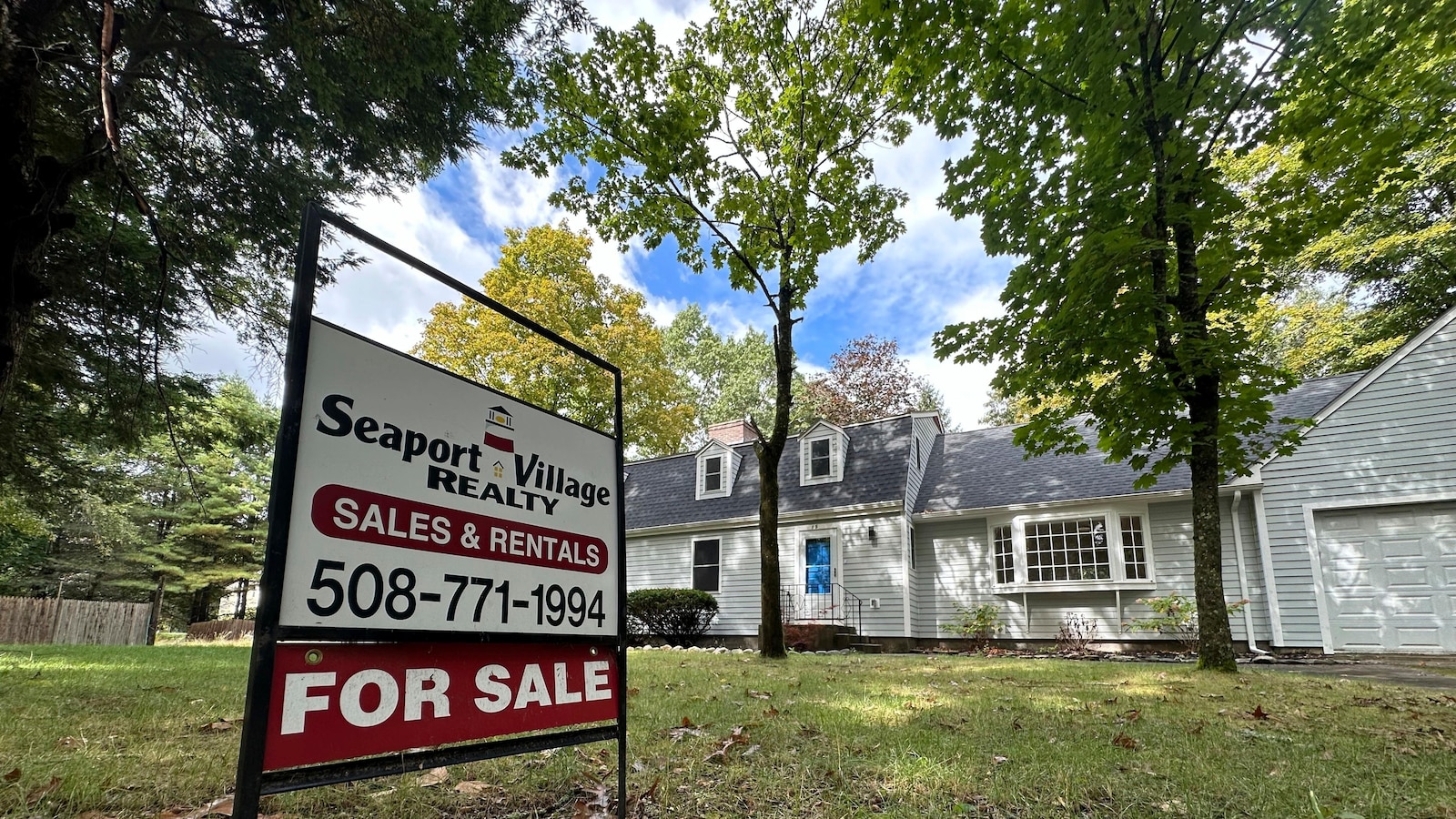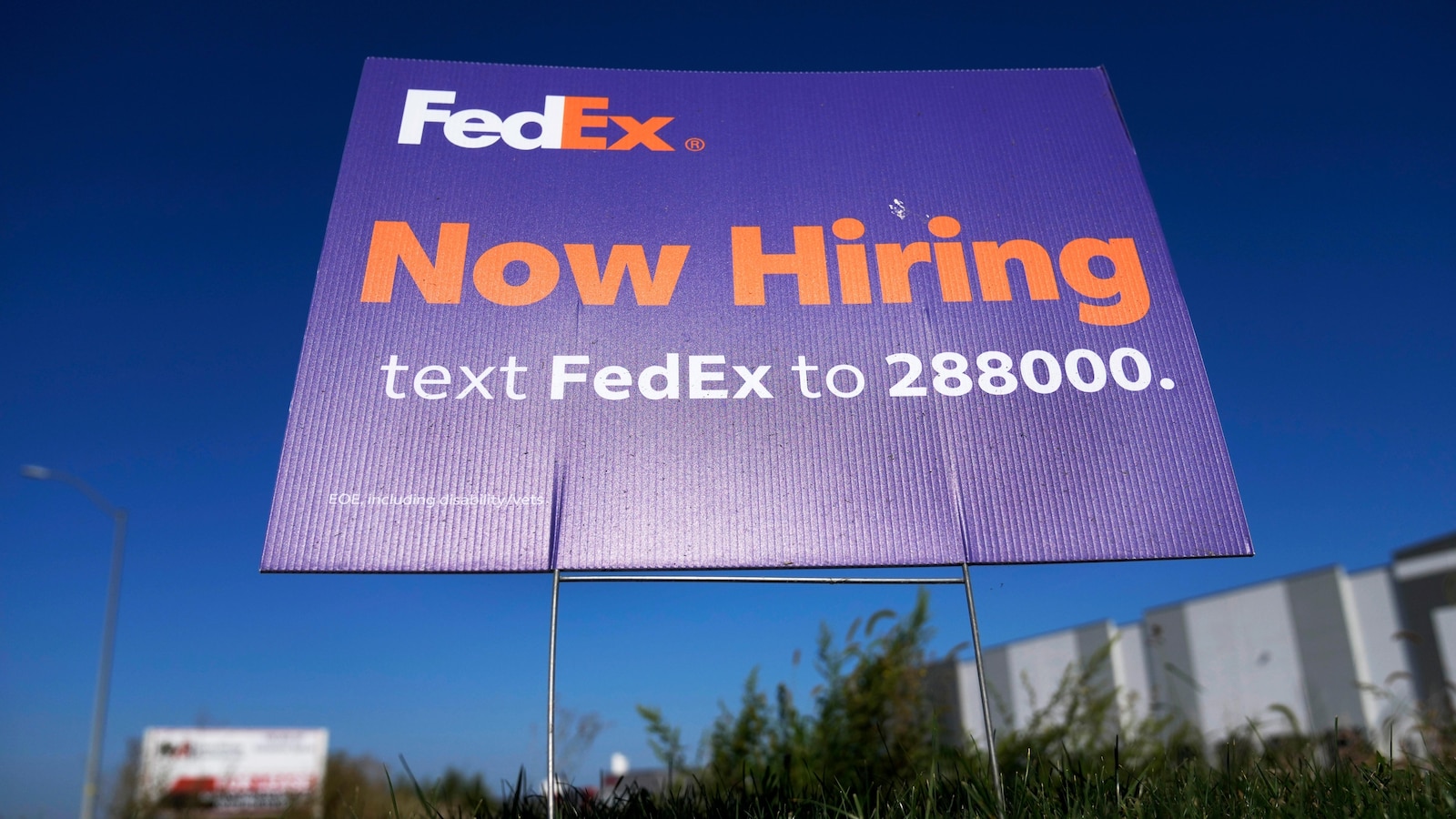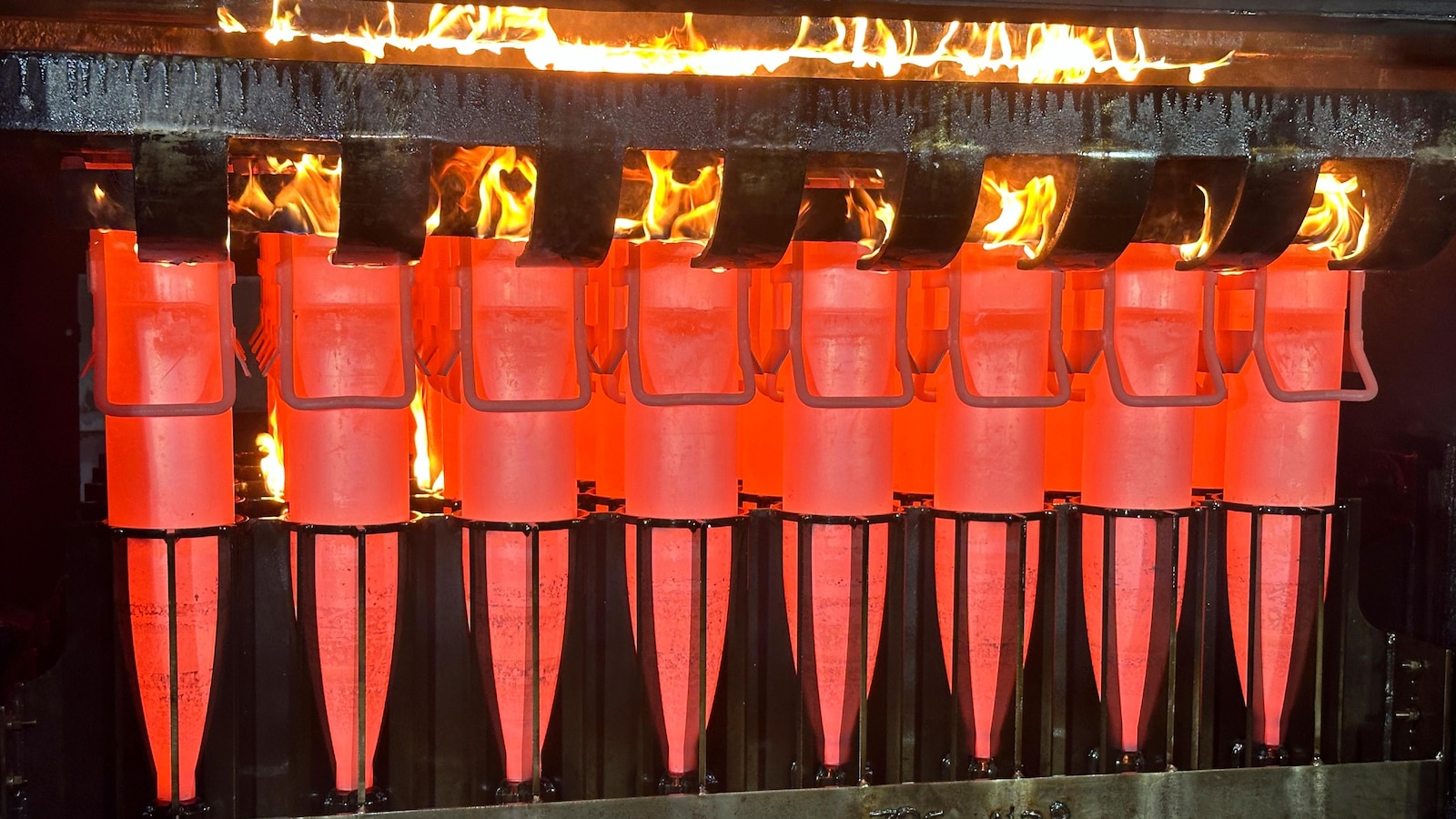
The average rate on a 30-year mortgage in the U.S. slipped to its lowest level in two years this week, boosting home shoppers’ purchasing power as they navigate a housing market with prices near all-time highs.
The rate dipped to 6.08% from to 6.09% last week, mortgage buyer Freddie Mac said Thursday. A year ago, the rate averaged 7.31%.
The last time the average rate was lower was on Sept. 15, 2022, when it was 6.02%.
Borrowing costs on 15-year fixed-rate mortgages, popular with homeowners seeking to refinance their home loan to a lower rate, increased slightly this week. The average rate rose to 5.16% from 5.15% last week. A year ago, it averaged 6.72%, Freddie Mac said.
Mortgage rates are influenced by several factors, including how the bond market reacts to the Federal Reserve’s interest rate policy decisions. That can move the trajectory of the 10-year Treasury yield, which lenders use as a guide to pricing home loans.
The average rate on a 30-year mortgage is down from 7.22% in May, its peak so far this year. Rates have been mostly declining since July in anticipation of last week’s move by the Fed to cut its main interest rate for the first time in more than four years.
Fed officials also signaled they expect further cuts this year and in 2025 and 2026. The rate cuts should, over time, lead to lower borrowing costs on mortgages.
The average rate on a 30-year mortgage rose from below 3% in September 2021 to a 23-year high of 7.8% last October. That coincided with the Fed increasing its benchmark interest rate to fight inflation.
When mortgage rates rise they can can add hundreds of dollars a month in costs for borrowers. The housing market has been in a sales slump going back to 2022 as elevated mortgage rates put off many would-be homebuyers. Sales of previously occupied U.S. homes fell in August even as mortgage rates began easing.
Still, as rates have looked more attractive in recent weeks, more homeowners have applied for home loans.
Mortgage applications jumped 11% last week, according to the Mortgage Bankers Association. The strong gain was due partly to a 20% increase in applications by homeowners seeking to refinance their existing loan to a lower rate.
“Given the downward trajectory of rates, refinance activity continues to pick up, creating opportunities for many homeowners to trim their monthly mortgage payment.,” said Sam Khater, Freddie Mac’s chief economist. “Meanwhile, many looking to purchase a home are playing the waiting game to see if rates decrease further as additional economic data is released over the next several weeks.”
While lower rates give home shoppers more purchasing power, a mortgage around 6% is still not low enough for many Americans struggling to afford a home. That’s mostly because home prices have soared 49% over the past five years, roughly double the growth in wages. They remain near record highs, propped up by a shortage of homes in many markets.
Mortgage rates would have to drop back to near rock-bottom lows from three years ago, or home prices would have to fall sharply for many buyers to afford a home. Neither scenario is likely to happen any time soon.
Economists generally expect mortgage rates to remain near their current levels, at least this year. Fannie Mae projects the rate on a 30-year mortgage will average 6.2% in the October-December quarter and decline to an average of 5.7% in the same quarter next year. It averaged 7.3% in the same period in 2023.
The average rate on a 30-year mortgage has recently dropped to 6.08%, marking its lowest level in the past two years. This decrease in mortgage rates comes as welcome news for potential homebuyers and current homeowners looking to refinance their existing loans.
The drop in mortgage rates can be attributed to several factors, including the Federal Reserve’s decision to cut interest rates in response to economic uncertainties and global market volatility. Additionally, the ongoing trade tensions between the United States and China have contributed to a decrease in long-term bond yields, which in turn has led to lower mortgage rates.
For prospective homebuyers, the lower mortgage rates mean that they can secure a more affordable loan, potentially saving thousands of dollars over the life of their mortgage. This can make homeownership more accessible for first-time buyers and those looking to upgrade to a larger or more expensive property.
For current homeowners, the lower rates present an opportunity to refinance their existing mortgages and potentially lower their monthly payments or shorten the term of their loan. By refinancing at a lower rate, homeowners can save money on interest payments and pay off their mortgage sooner.
It’s important for individuals considering buying a home or refinancing their mortgage to carefully evaluate their financial situation and determine if now is the right time to take advantage of the lower rates. Working with a trusted lender or financial advisor can help individuals navigate the mortgage process and make informed decisions about their home financing options.
Overall, the decrease in the average rate on a 30-year mortgage to 6.08% represents a positive development for the housing market and offers opportunities for both prospective homebuyers and current homeowners. By staying informed about market trends and taking advantage of favorable interest rates, individuals can make smart decisions when it comes to purchasing or refinancing a home.


